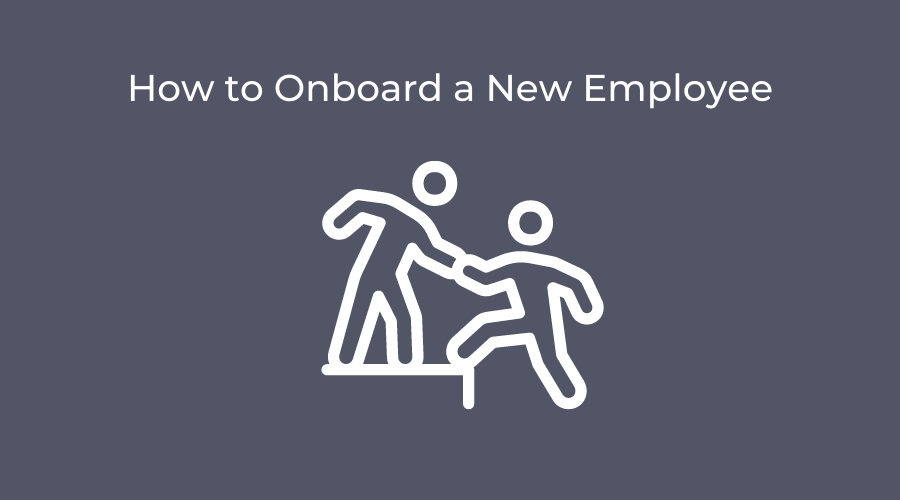
How to Onboard a New Employee
You’ve made the offer and they’ve accepted. Great! You consider this a job well done. But wait? The job isn’t done. How do you plan to onboard them?
Successfully onboarding your new employee ensures they’re able to quickly imbed themselves into the culture of the company while productively fulfilling the duties of their role. Whether you have a stellar onboarding process or you’re still wondering what onboarding is, there’s always room for improvement.
I’d like to separate onboarding into two halves – before the employee starts and after their first day. HR should be equally involved in both halves, although you will become less involved after the new employee starts.
How do you know when you’ve onboarded a new employee successfully?
Successful onboarding doesn’t just mean there weren’t any glitches in the process. Successful onboarding ensures a new employee feels confident in their new role and company. It also shows that the team was able to see a lift from the new employee taking on the work slated for them.
What should happen before the new employee’s first day?
All necessary paperwork should be completed or, at least, sent to the employee to complete on day one. This includes paperwork for payroll, background checks, I-9, and anything else you consider necessary for the new employee to start working at your company. The new employee’s equipment should all arrive before they’re slated to start as well. Since the world is facing production and shipping delays, it may be best to have equipment on standby. And, if you can, swag is a wonderful way to show appreciation for your new employee.
However, if that isn’t in the budget, making sure the team enthusiastically welcomes the new hire will suffice. This can be done via internal communications, announcements in team meetings, or letting the team know so they can reach out on the first day to greet the new employee.
If you already do this, then I suggest looking at each process to see where you can simplify or streamline it. Does your paperwork have to be printed out for the new hire to complete it? How can you get rid of that and make the entire process electronic? Do you only offer limited choices in equipment? How can you expand that to better accommodate the needs of all hires? Is benefit or 401K enrollment manual? How can you integrate that into the HRIS to automatically generate the necessary forms needed to enroll the employee? Also, how do you assign system access? HRIS will do this for you. Have you turned on all your integrations to make this happen?
What happens on day one and going forward?
So, the employee has started. Now what? Connect with the employee on the first day to set expectations for the first 30, 60, and 90 days of their employment. Whenever possible, supply documentation to support the onboarding plan. Make sure to provide time to address any concerns you or your new employee will have. The onboarding plan should also have checkpoints and meetings that coincide with each checkpoint to ensure the new employee is meeting expectations and/or can receive added support to perform their job duties.
In addition to a concrete onboarding plan, the new hire needs two support partners. One support partner will be a peer and someone on the new employee’s team. The second support partner should be someone on a different team, a team that normally doesn’t interact with the employee’s team. This support partner should not be anyone in HR. The peer support partner is to provide the new employee a coaching buddy, someone who knows the responsibilities of the role and what success looks like in that role.
This will be someone the new employee can lean on daily to aid with any setbacks they face in learning the hard and soft skills of their new role. The second partner will be someone who can help mentor them by explaining the culture of the organization and addressing any unfamiliar nuances the hire may face. This person acts as an impartial representative of the company.
While HR isn’t as involved in onboarding once the hire starts, HR should make it a point to connect with all new employees during the process. These could be check-ins to give clarity and support on anything the other partners have missed. New employees should also be surveyed by HR to measure the new employee’s experience to glean insight into improving the onboarding process for future hires.
When onboarding is done successfully it sets the right expectation for the entire employee’s experience with the company. It also enhances the culture and strengthens the entire workforce.
This guest blog contribution is from Timara Nichols

